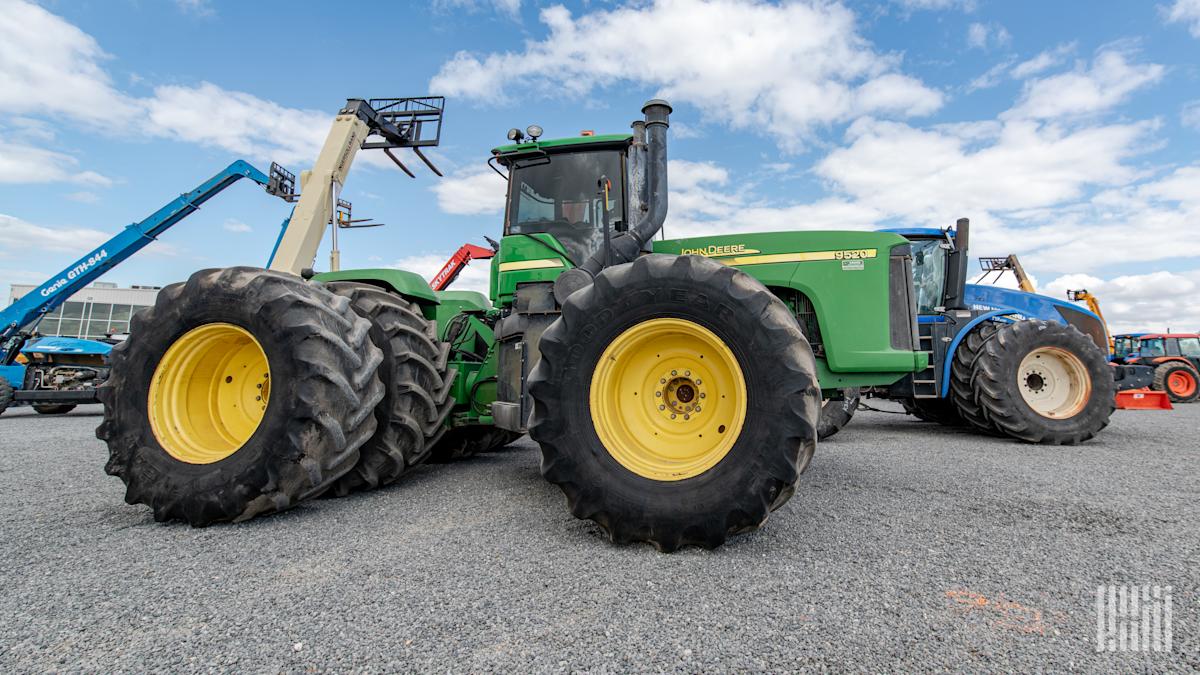How the corn harvest season changes freight networks across the Midwest
Every fall, there is a peak season that hits with fury before the traditional retail peak season. The Midwest transforms as combines sweep across golden fields and trucks line country roads waiting for the corn harvest to finish. For farmers, it’s the culmination of a season’s work. For carriers and drivers, it’s the start of one of the most intense and potentially most lucrative stretches of the year.
Invest in Gold
Join the leaders shaping freight’s future at
F3: Future of Freight Festival, Oct 21-22.
Network with the industry’s best and discover what’s next.
Harvest season doesn’t just create freight; it reshapes the entire network of routes, regulations, and opportunities across the Corn Belt.
The scale of movement is staggering. The USDA projects U.S. corn production at 15.1 billion bushels for the 2024–25 season, harvested from nearly 82.7 million acres nationwide. Iowa and Illinois alone account for more than 30 percent of that total, with Iowa producing close to 16%–18% and Illinois about 15%–16%. Nebraska, Minnesota, and Indiana round out the top five, helping the Corn Belt contribute nearly 80% of the nation’s crop. Every one of those bushels has to move, often within a compressed time frame, creating a massive spike in freight demand each fall.
Timing is everything. Southern Corn Belt states typically begin harvest in late August, while northern states don’t hit peak until mid-October. The weather can compress or extend those windows. A late frost or prolonged rains can delay cutting and force a surge of product to move all at once. For carriers, that urgency often translates into premium pricing. Spot rates in these regions have historically spiked well above seasonal averages during peak weeks, rewarding drivers and fleets that position themselves ahead of the rush.
Routes also matter. Interstates like I-80 and I-35 become vital corridors, funneling trucks between high-production counties and major distribution hubs. Yet, secondary rural roads can present challenges narrow lanes, dust, and congestion at local grain elevators.
Regulations come into sharper focus this time of year. The FMCSA agricultural commodity exemption under 49 CFR 395.1(k)(1) allows drivers hauling crops to operate outside normal hours-of-service restrictions within a 150 air-mile radius of the “source,” which can be the farm, field, or even a grain elevator if the commodity is still unprocessed. Time spent inside that radius, whether loaded or empty, does not count against HOS limits. Once trucks leave the 150-mile zone, standard rules apply.



Leave a Comment
Your email address will not be published. Required fields are marked *